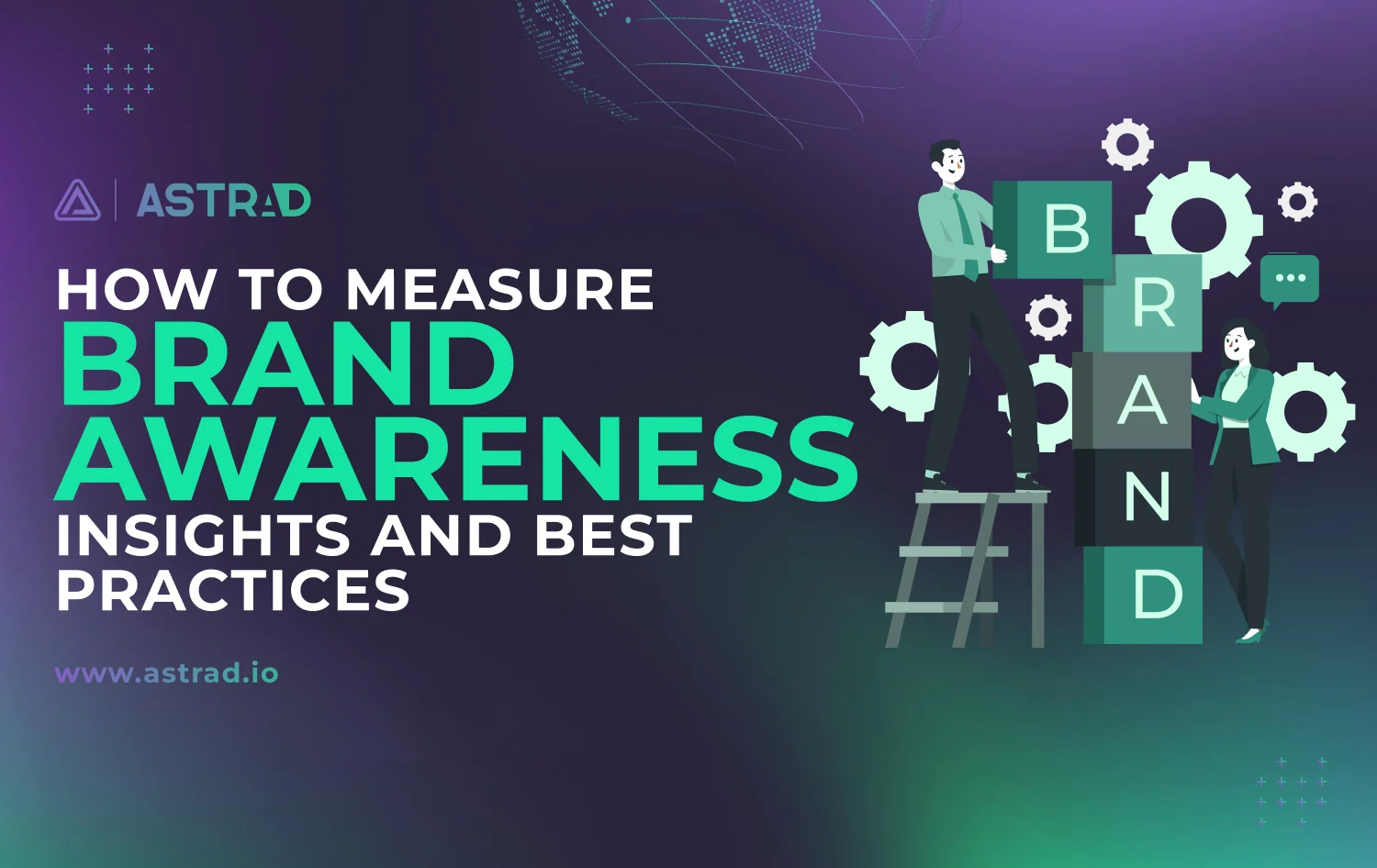How do you measure brand awareness? More importantly, what is brand awareness? In this article, we will take a leap of faith and dive deep into the intangible, the mystical, and the ethereal aspects of marketing. We’re exploring the overlap of what is with what we simply can’t define. Branding, or your company’s ‘soul,’ is a complex aspect that requires years for your PR and Marketing team to master, necessitating continual adaptation, updates, and refinement.
According to industry standards, most companies lack a manual or clear brand definition, often limited to visuals and tone. Our main goal is to provide a quick and dirty guide on brand awareness, offering simple and easy-to-employ methodologies for measuring it and adapting your business strategies for continuous improvement in the dynamic marketing landscape.
What is Your Brand Awareness?
“Your brand is what others say about you when you’re not in the room” — Jeff Bezos. Your company trades in something far more valuable than its products, investments, and human assets — it trades in fantasy. It trades in a fiction you and your marketing department have to curate closely. It trades in an idea encompassing worlds and renting real estate in your consumer’s mind. This asset is your brand.
Sociologists have determined that one of the most critical aspects – and in a way – what differentiates us from other beings is our capacity to believe in the intangible and give it tangible qualities. Our biggest and most valuable products are, in fact, intangible or make-believe. They are ideas meant to bring us together under an umbrella of social order. The cross, the dollar bill, an LLC, the flag, and all of those iconic representations are just that — “representations.” Paper, cloth, or wood, or a contract that serves as placeholders for an idea — a social contract that binds us under a norm. The same occurs with brands. They serve as a placeholder for your company’s, well, everything:
- To your products.
- To your sustainable ideals.
- To your governmental lobbying.
- To your vision of what the present is — and, in turn, what the future might bring.
- To how you treat your customers.
- To how you view innovation.
- To how your staff presents itself.
- To how you respond to an issue when something goes wrong.
To all of those and a million more. It’s not just your iconography – which serves as a “placeholder” or your visuals – it’s how the public perceives you. Each upgrade to your company, each public embarrassment, each achievement, and each hiccup adds and detracts from your brand. From what people think of you. The bigger the positive and negative columns, the more affected your brand will be in the long run.
Consider how Apple, with its iPhone innovation, has leveraged this success for years as a bulwark against scandals. Now, think of Samsung’s struggle to recover from its battery explosion fiasco and how it had to overhaul its entire cellphone department and pivot most of its efforts into other products.
The Significance of Brand Awareness in Marketing
The significance of brand awareness in marketing is the linchpin on which all your ad strategies and marketing efforts are built — it cannot be overstated. It’s the pull that drives consumer trust, loyalty, and engagement.
Your consumer will return because of your brand — not just your products. They will fight over you and debate over your value to others because of it. They will preach on your importance because of it. Measuring brand awareness is critical since your brand is your most important asset. Now, let’s delve into understanding and measuring this vital metric.
How to Measure Brand Awareness
Measuring brand awareness necessitates a multifaceted approach, utilizing various methodologies to capture its essence accurately. To truly get to the heart of it and understand whether you’re doing your brand justice.
Surveys and Questionnaires
Engaging audiences through surveys and questionnaires provides invaluable insights into their perception of your brand. Questions tailored to brand recall, associations, and recognition aid in gauging the depth of awareness.
Social Media Metrics
In the digital smorgasbord that is now, social media serves as a powerful platform for brand visibility. Analyzing metrics like engagement rates, reach, and sentiment analysis unveils how your brand resonates within online communities.
Website Traffic Analysis
Your website serves as a digital storefront. This is your first line of defense regarding your brand and your biggest eye-opener. Examining visitor behavior, referral sources, and page views assists in understanding how users interact with your brand online.
Search Volume Data
Mining search engine data unveils the frequency users seek information about your brand, indicating its relevance and prominence.
Media Coverage and PR
Monitoring media coverage and PR activities provides a qualitative measure of brand visibility in the public sphere. Media, in a way, paints your brand. How it and its minions define your brand and what it chooses to filter out is important — the capability of your PR department is essential to spin your brand in this Thunderdome of talking heads.
Market Research
Conducting comprehensive market research allows a deeper understanding of consumer preferences, trends, and sentiments toward your brand.
Brand Recall and Recognition Tests
Conducting systematic tests to measure brand recall and recognition among consumers aids in assessing the memorability and impact of your brand.
Stay Consistent — Best Practices for Measuring Brand Awareness
Measuring brand awareness, like all things in life, comes down to best practices. It boils down to having a set of rules to follow in a consistent and effective way.
- Establish clear objectives: Define specific goals and outcomes you aim to achieve through brand awareness measurement.
- Consistency in data collection: Utilize standardized methods and tools for data collection across various channels and timeframes.
- Use a combination of metrics: Blend quantitative and qualitative metrics for a comprehensive understanding of brand awareness.
- Benchmarking against competitors: Comparing your brand’s awareness levels against competitors provides context and insights for improvement strategies.
As the marketing landscape continues to evolve, the adeptness to gauge and refine brand awareness remains an indispensable asset, fostering enduring connections with audiences and sustaining a competitive advantage in the ever-evolving market sphere.
By embracing these methodologies and adhering to best practices, businesses can navigate the ethereal realms of brand awareness, harnessing its power to propel growth, influence, and resonance in the minds and hearts of their consumers.






